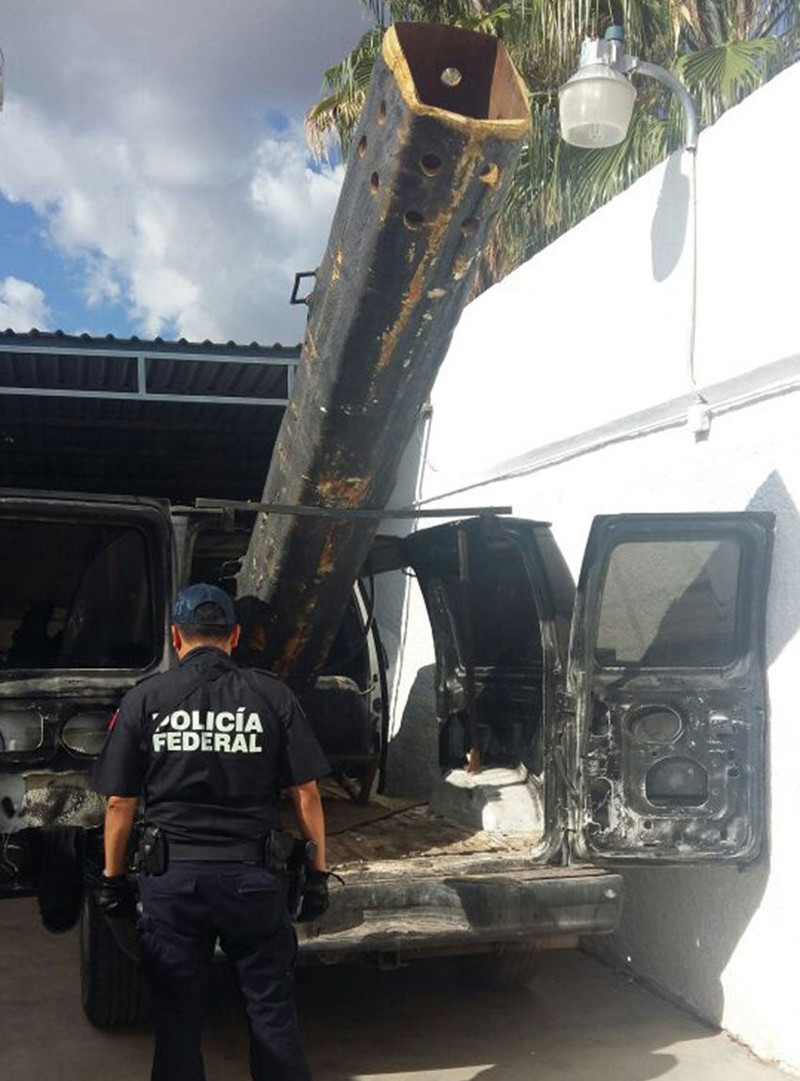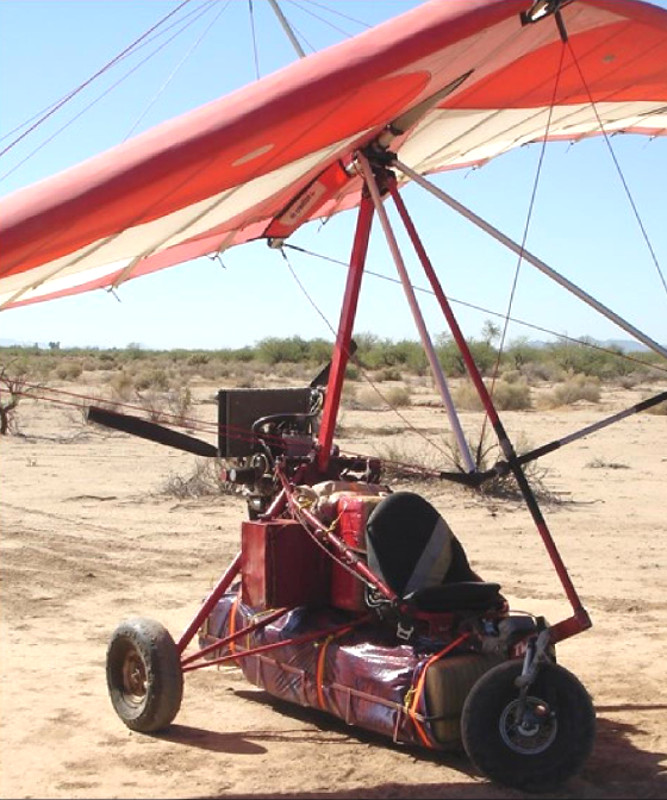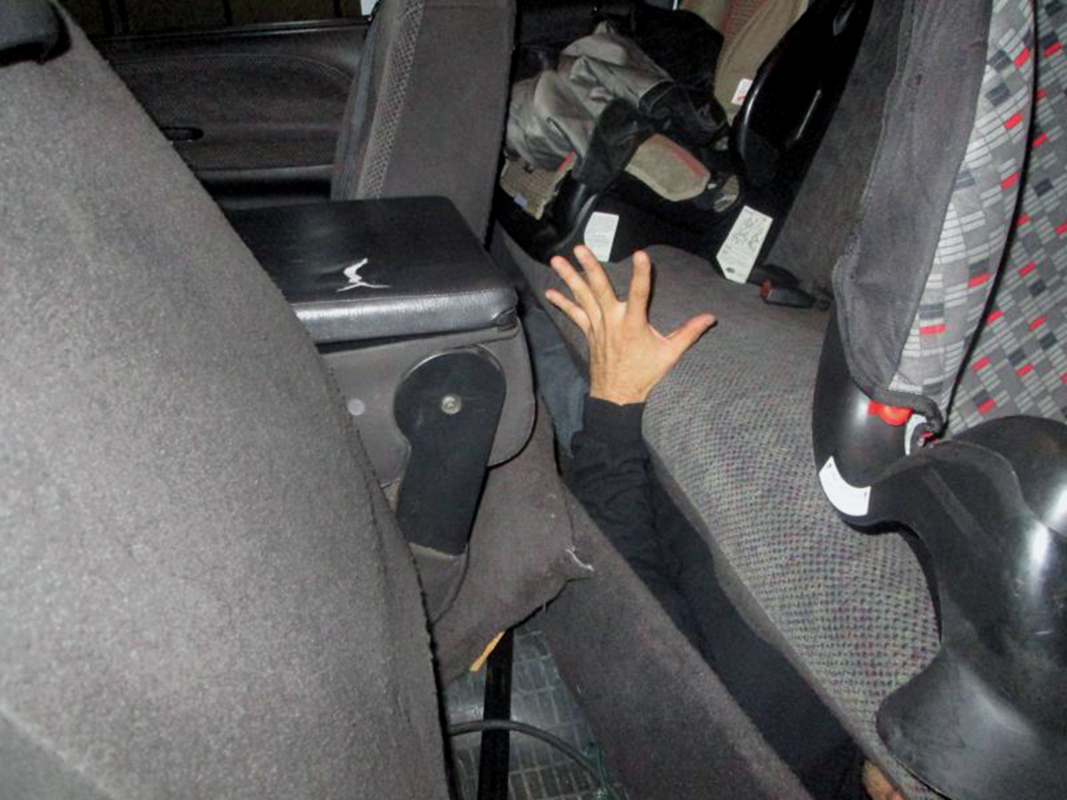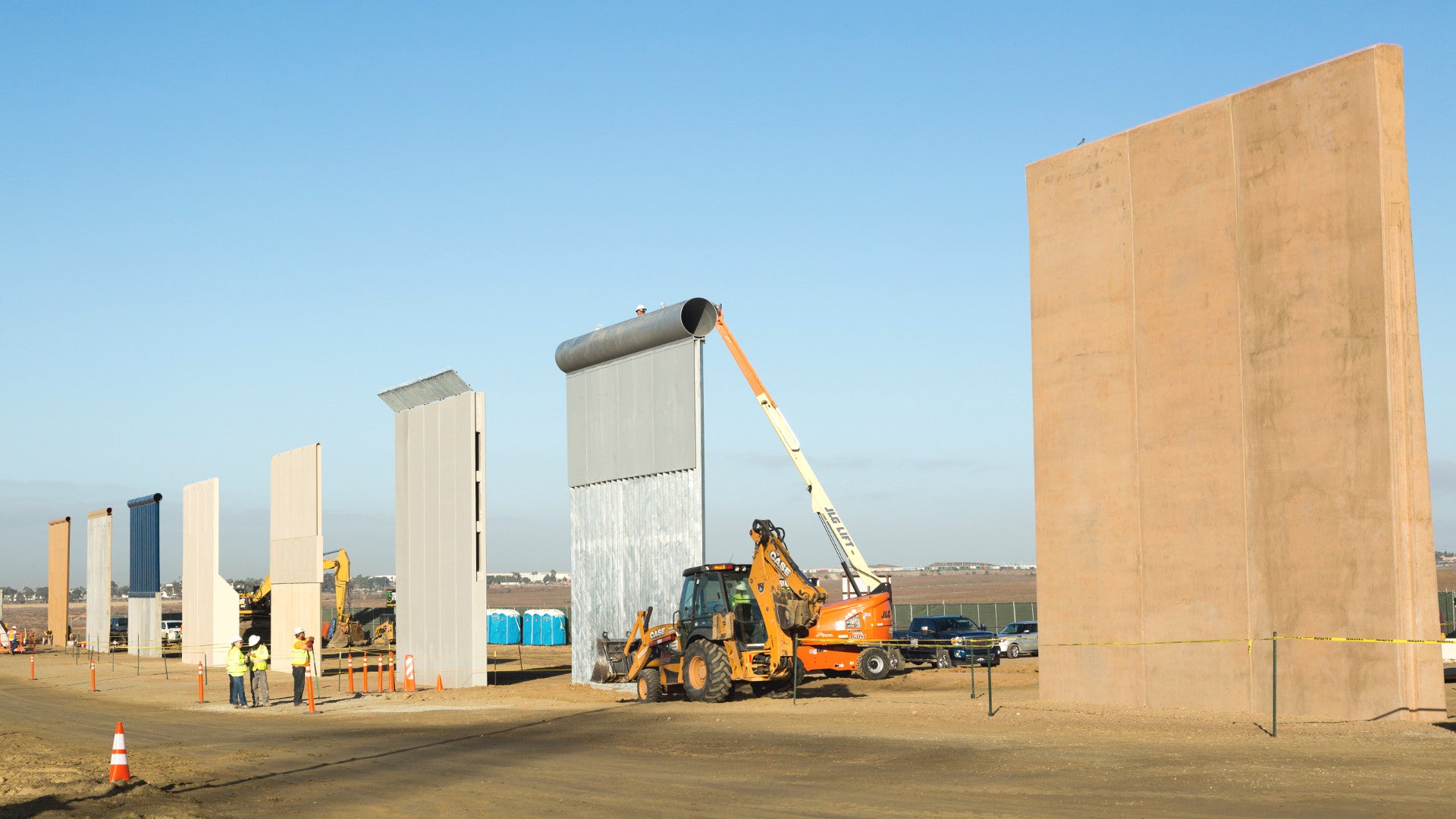President Donald Trump has secured an important legal victory regarding his signature plans for a new wall along the U.S. border with Mexico, amid reports the prototype barriers are so good that elite U.S. special operations forces could not get through or over them. However, those tests may have had a relatively limited scope and the proposed multi-billion dollar bulwarks aren’t supposed to prevent smugglers from digging tunnels, flying or otherwise launching illicit materials over the boundary, or using alternate routes to avoid them altogether.
On Feb. 27, 2018, Gonzalo Curiel, a federal judge of the United States District Court for the Southern District of California – who Trump had previously declared was unfairly biased against him personally in relation to a civil case – ruled that the Trump Administration had the authority to waive environmental protections and other regulations and begin building the barriers. Trump, who has made the new wall a centerpiece of his hard line push against illegal immigration and drug smuggling, will reportedly visit a test site in San Diego, California in March 2018, to select a winning design.
In 2017, the Department of Homeland Security (DHS) awarded contracts, worth between $300,000 and $500,000, to five different companies for prototype wall sections between 18 and 30 feet high and made of concrete or other materials. Congress has yet to approve or allocate any actual funding for the project.
“I have decided that sections of the Wall that California wants built NOW will not be built until the whole Wall is approved,” Trump, who has repeatedly criticized legislators for not providing funding for his pet project, Tweeted out on Feb. 28, 2018. “OUR COUNTRY MUST HAVE BORDER SECURITY!”
Trump’s supporters also took the opportunity to voice continued support for the project. “The interesting part about that is that the [U.S. Army] Special Forces operatives and members of our Navy SEAL community were asked to try and breach the wall prototypes and they could not do it,” Townhall.com editor and Fox News contributor Katie Pavlich said on Feb. 28, 2018.
Pavlich was referring to reports in January 2018 that unspecified U.S. special operations forces and specialized teams from U.S. Customs and Border Protection (CBP), possibly either from that agency’s Border Patrol Tactical Unit (BORTAC) or Border Patrol, Search, Trauma and Rescue (BORSTAR) elements, had been unable to defeat the prototypes over the course of a three week evaluation. What she did not mention, though, was that this evaluation appears to have been extremely limited in scope and that there is no readily available information about the exact test parameters.

According to The Associated Press, the personnel involved were unable to breach the barriers using jackhammers, saws, blow torches, and “other tools.” It is not clear whether or not the testers failed to reach a pre-determined threshold for how large a hole they had to create or were unable to make any reasonable opening at all.
There is also no indication that the tests involved the use of caustic chemicals, explosives, mobile battering rams or reinforced vehicles, or any other more novel solutions. While human traffickers would need to be able to get a person through, their definition of what a safe opening looks like might be very different from the parameters in these structured tests. Other smugglers might only need to create a hole large enough to pass packages of drugs and other contraband to individuals on the other side, too.
The video below shows a typical explosive breaching charge in action.

And though the tests reportedly concluded that the highly trained military and law enforcement personnel could not scale the barriers, this appears to be based on the fact that they could not climb and descend without assistance. Individuals were able to get on top of barriers, including the ones that met the 30 foot high objective requirement, but could not get down with assistance on the other side. We don’t know whether or not this had to do in any way with established safety protocols.
Again, human traffickers are not well known for their empathy toward the individuals they’re trying to sneak across the border and might have less concerns about getting them down on the other side safely. Similarly, they could employ teams on the other side to assist in getting people down, though the process might be time consuming enough to make them more vulnerable to patrolling law enforcement agents.
Drug smugglers, who often face the prospect that organized crime groups might harm them or their loved ones if they fail, or end up as unwilling drug mules in the first place, might be less inclined to make the same risk assessments, as well. There’s no indication that these individuals would necessarily have to climb down at all, since they could simply drop illicit cargo on the other side.
But even if it’s true that the walls present an insurmountable vertical barrier, the tests did not examine whether it would be possible to get around them by tunneling, using ultra-light aircraft, or employing a catapults, air cannon, or other means of propelling items across. Criminals have already used these methods to defeat existing walls along the U.S.-Mexico border and would likely turn to them increasingly in the face of any new barriers. Readily available small quad- and hex-copter style drones are also becoming increasingly common drug smuggling tools.

In May 2017, the Government Accountability Office released a report assessing that the DHS could do more to address both subterranean and aerial smuggling. According to the Congressional watchdog, the various arms of DHS had uncovered nearly 70 cross-border tunnels and were aware of more than 530 “ultralight aircraft incursions,” between 2010 and 2016.
“DHS has not established comprehensive standard operating procedures for addressing cross-border tunnels, and we found that relevant officials were not aware of all DHS systems or offices with tunnel information,” GAO reported. “DHS has not assessed and documented how all of the alternative ultralight aircraft technical solutions it is considering will fully address operational requirements or the costs and benefits associated with these different solutions.”

Perhaps more importantly, the same report also noted that smugglers continued to use small boats in order to avoid the existing border security measures on land altogether. Criminals have employed a wide range of watercraft, including fishing boats and private recreational vessels, as well as relatively advanced quasi-submarine semi-submersible designs.
Any existing or new walls won’t prevent smugglers from attempting to simply trying to conceal their cargoes as they move through established border checkpoints. CBP routinely released pictures of vehicles it has seized full of drugs, or even people, crammed inside the engine compartments, wheel wells, tires, or seat cushions.

The tests showed that the experimental walls are “doing the job that they’re supposed to do,” Townhall.com’s Pavlich said on Fox News. But, at least from what we know so far, the reality appears to be more nuanced.
The barriers are definitely capable of stopping individuals from easily crossing from one side to the other and it will likely be just one part of a larger border security apparatus. It’s still not clear much how much more of a barrier they present over existing U.S. border walls and fencing, which can vary in size and scope.
They seem best suited to defeating small groups of migrants looking to get into the United States illegally overland without any significant assistance. There’s less evidence to suggest they’ll present a serious impediment to drug smugglers. These criminal enterprises have already invested considerable energy in finding ways to avoid walls entirely.
The Trump Administration is reportedly seeking at least $18 billion for the new border wall project. Additional and more rigorous testing would help truly determine whether or not they would offer a good return on that investment.
Contact the author: joe@thedrive.com
